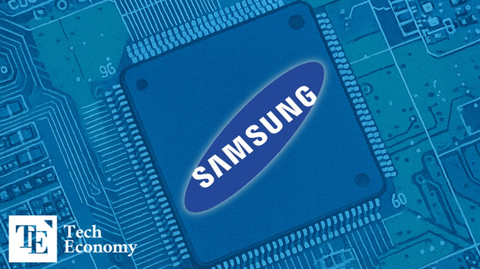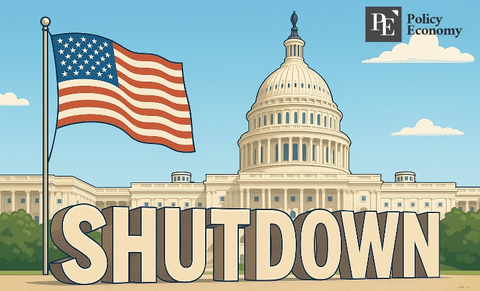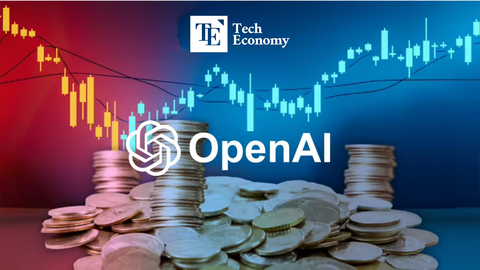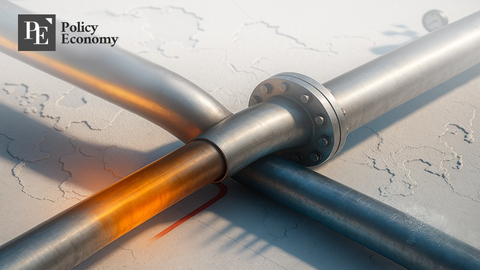U.S. Imposes 50% Tariff on Key Home Appliances — Emergency for Korean Appliance Makers Like Samsung and LG
Input
Modified
Refrigerators and washing machines added to list of "steel derivative products." Samsung and LG manufacture in Vietnam and Mexico for export. High exposure of Korean steel exports to U.S. makes impact inevitable.

The Trump administration has designated key home appliances such as refrigerators and washing machines as “steel derivative products” and decided to impose a steep tariff equivalent to 50% of the steel value. With many key export products included in the list and the implementation date imminent—set for the 23rd—Korea’s appliance industry has begun urgent response measures. Although Samsung Electronics and LG Electronics operate production bases in the U.S., their local production volume is small, and most products are manufactured in Korea, Mexico, and Vietnam, making it difficult to avoid the tariff.
U.S. to Impose 50% Tariff on Steel and Steel Derivatives
According to industry sources on the 16th, the U.S. Department of Commerce added new steel derivative products to the list subject to the 50% tariff via the Federal Register on June 12 (local time). Newly added items include: refrigerators, dryers, washing machines, dishwashers, freezers, cooking stoves, ranges, ovens, and garbage disposals.
The tariff will take effect starting June 23. Previously, in March, the Trump administration imposed a 25% tariff on steel and its derivatives and doubled it to 50% on June 4. Most countries, except the UK, are now subject to this 50% tariff.
Samsung and LG, both of which have U.S.-based production facilities, are urgently reviewing response strategies. However, only a limited number of products—such as some washing machines—are produced locally. To avoid the tariff, U.S.-made steel must be used, but the share of U.S.-made steel in local production is small, and the majority of appliances are produced overseas and exported to the U.S., making it hard to sidestep the added costs. According to KB Securities, exports of the newly affected items to the U.S. were valued at USD 3.6 billion in 2024, accounting for 2.8% of Korea’s total exports to the U.S.
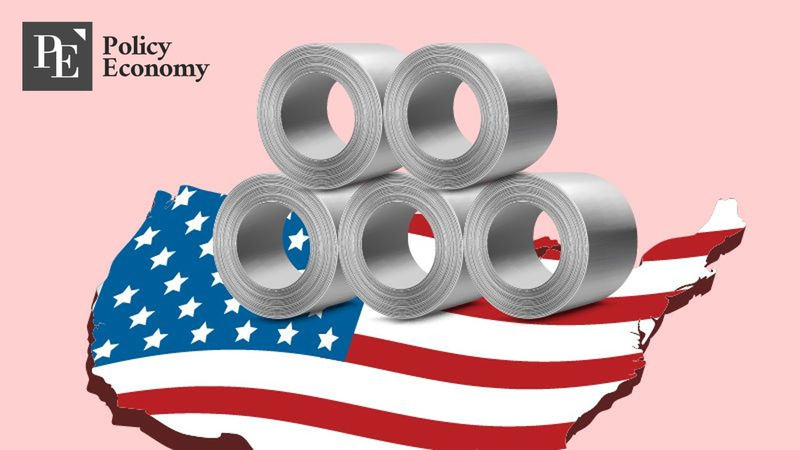
U.S. Tariff Barrier Threatens Broader Supply Chains
The move has triggered concern not just in the home appliance sector but across the Korean steel industry. During Trump’s first term, Korean steelmakers secured a 2.63 million-ton annual export quota through negotiations. According to the Korea Iron & Steel Association, Korea exported 2.77 million tons (9.8%) of steel to the U.S. last year—the fourth-largest volume after the EU, Japan, and India. Although the U.S. accounts for about 10% of Korea’s steel exports, the actual impact feels much larger due to the strategic importance of the U.S. market and its ripple effects on third-country exports through global supply chains.
The U.S. steel market is considered promising not only in volume but also in value. The country consumes about 90 million tons of steel annually, with around 20% dependent on imports—the second-highest globally after the EU, and the highest for a single nation. The Trump administration’s reshoring push has also led to increased demand for high-value-added specialty steel for automobiles and appliances. Additionally, Trump’s energy policy, which includes expanding oil production, has led to a surge in demand for specialized steel like OCTG and pipelines.
U.S. steel prices are also higher than those of other countries due to high production costs and strong domestic demand. Korea Ratings recently cited these high prices as a reason for the strategic importance of the U.S. market. According to steel consultancy MEPS International, U.S. steel prices are 20–30% higher than global averages. As of December 2024, hot-rolled coil prices averaged USD 631 per ton globally versus USD 753 in North America. While the U.S. ranked fourth in volume among Korea’s steel export markets last year, it was second in terms of export value due to these high prices.
There are growing fears that this steep U.S. tariff could also hinder Korean exports to other countries. If products unable to enter the U.S. flood into third countries, those nations may erect their own trade barriers to protect domestic industries. In fact, the EU recently cut duty-free steel import quotas by 14%, and India has imposed a 12% tariff on low-cost steel. The EU and India are Korea’s largest and third-largest steel export markets, respectively. A similar case occurred in the global EV market, where Chinese-made vehicles, unable to enter the U.S., flooded into countries with lower barriers, hurting local industries.
S&P: “U.S. Tariffs to Undermine Competitiveness of Korean Steel Firms”
Experts share similar concerns. In a recent report, international credit rating agency S&P Global Ratings warned that Korean steelmakers may be hit harder by U.S. tariffs than other Asian competitors. S&P noted that “Korean steelmakers have enjoyed tariff exemptions within quota limits, but with the end of this measure, their competitiveness is likely to decline.” The report also highlighted Korea’s relatively high exposure to the U.S. market compared to China (2%) and Japan (4%), with Korea’s figure near 10%.
The tariffs could be particularly damaging for major firms like POSCO and Hyundai Steel. POSCO Holdings, the parent of POSCO, has seen rising capital expenditures due to expansion into battery materials, resulting in increased debt. A decline in high-priced U.S. steel exports could further erode the group’s profitability. Hyundai Steel is already struggling due to rising competition, domestic market stagnation, and a glut of cheap Chinese steel. The added burden of U.S. tariffs has forced the company to consider restructuring, including asset sales, business reorganization, and production cuts.
S&P added that “the U.S. steel tariffs could negatively affect the credit ratings of Korean steel companies” and predicted that “sales may decline by low to mid-single digits, and operating profit may fall by mid to high single digits.” However, some analysts believe the impact on Korea’s steel industry could be limited. Outside of POSCO and Hyundai Steel, most firms have relatively low exposure to the U.S.. While some will lose price competitiveness, others may even benefit from the changing trade landscape.

